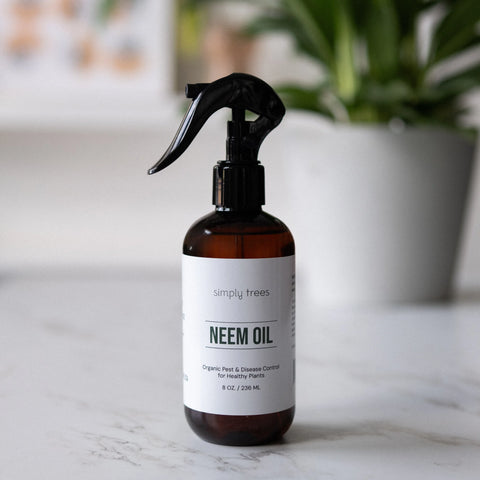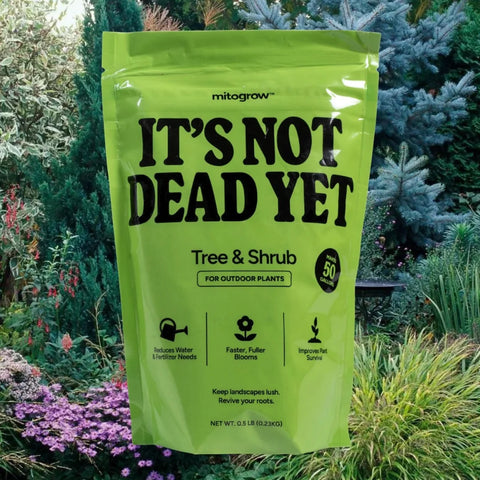As temperatures drop, your plants can suffer damage from unexpected frosts—especially tender perennials, tropicals, and young trees. But with a few simple steps, you can help your plants survive chilly nights and bounce back in the spring.
Whether you’re dealing with a surprise overnight freeze or prepping for winter, this guide will walk you through how to protect your plants from frost effectively.
When Does Frost Occur?
Frost forms when the air temperature drops to 32°F (0°C) or below and moisture in the air condenses and freezes on surfaces like leaves, stems, and flowers.
However, frost damage can happen even when air temperatures are slightly above freezing, especially on clear, calm nights when heat radiates away from plant surfaces.
- Light frost: 32°F to 28°F
- Moderate frost: 27°F to 24°F
- Severe frost: Below 24°F
Different plants have different thresholds for damage, but anything under 32°F should put you on alert—especially for tender or newly planted varieties.
Types of Plants Most at Risk
- Tropical houseplants moved outdoors
- Citrus trees and fruiting shrubs
- Young or freshly planted trees
- Flowering annuals and perennials
- Succulents and soft-stemmed plants
Even cold-hardy plants can suffer leaf or tip burn if unprotected during a deep freeze.
Easy Tips to Protect Plants From Frost
1. Cover Plants Overnight
Use frost cloth, bed sheets, burlap, or even cardboard boxes to cover vulnerable plants. Make sure the cover extends all the way to the ground to trap heat from the soil.
- Avoid plastic directly touching the leaves—it can freeze to the plant
- Remove coverings in the morning after the frost has lifted
For shrubs or citrus trees, secure the cover with clothespins or landscape pins and use stakes if needed to keep it off delicate foliage.
2. Water Before a Frost
Moist soil holds more heat than dry soil. Watering your plants in the afternoon before a predicted frost can help insulate roots and stabilize soil temperature overnight.
Tip: Don’t water if the ground is already saturated or frozen.
3. Add Mulch Around the Base
Apply 2–4 inches of mulch around the root zone to protect the crown and retain soil warmth. Use straw, bark chips, or shredded leaves. Keep mulch a few inches away from the base of the stem to prevent rot.
4. Bring Container Plants Indoors
Potted plants are especially vulnerable since their roots are above ground. Move them into a garage, covered porch, or indoors when frost is expected.
- For heavy pots, use rolling plant caddies for easier transport
- If moving inside isn’t possible, cluster them close together and cover as a group
5. Use Mini Greenhouses or Cloche Covers
For smaller plants or herbs, plastic domes, cloches, or pop-up greenhouses work great. They trap warm air and protect from wind chill and ice crystals.
DIY tip: Cut the bottom off a milk jug and place it over the plant. Weigh it down with a rock or mulch.
6. Wrap Young Trees and Shrubs
Use burlap or frost cloth to wrap the trunks and lower branches of newly planted or sensitive trees. This is especially helpful for citrus, figs, and thin-barked trees prone to cold cracks.
What to Do If Frost Damage Occurs
- Don’t prune immediately — Wait until spring to assess damage. Early pruning can encourage new growth that’s even more vulnerable.
- Keep watering and caring for the plant as usual. Many recover with time.
- Watch for new growth in spring and prune back only the parts that don’t bounce back.
Bonus Tip: Know Your Zone
Always choose plants suited for your USDA Hardiness Zone. Even with frost protection, tropical or non-hardy plants will struggle long-term in cold climates.
You can look up your zone here:
→ USDA Plant Hardiness Zone Map
Final Thoughts
Frost doesn’t have to spell disaster for your garden. With a little preparation—and a few sheets or mulch—you can give your plants the protection they need to make it through cold snaps in great shape.
Whether you’re growing citrus trees, roses, or tender houseplants, these tips will help you extend your growing season and protect your investment.
Looking for frost-sensitive plants or tips on overwintering?
→ Explore Our Plant Care Resources
Or shop trees and shrubs now:



